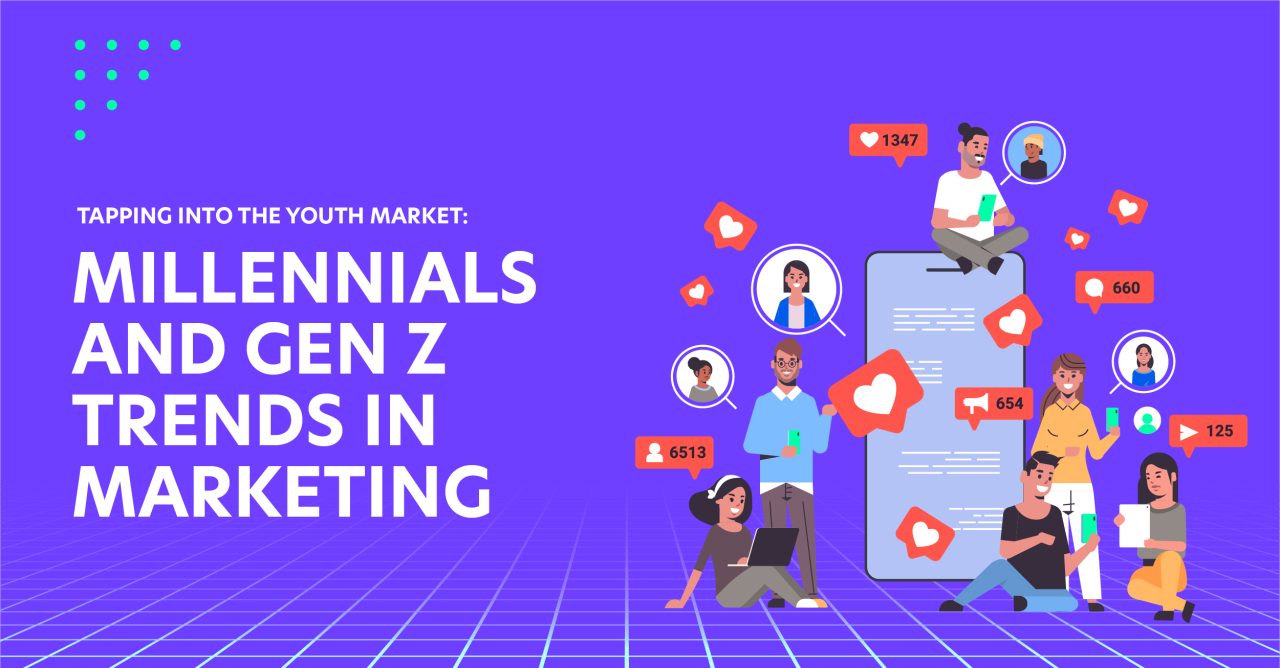The import/export business has historically been dominated by big business. That’s because they’re the ones with the capacity to bring in/ship out the volume of goods required to make a profit. That has, of course, changed with the rise of the global market and an increasing willingness from wholesalers to ship smaller quantities at decent prices to entrepreneurs with comparably limited means.
According to Entrepreneur.com, 96 percent of all importers in the US are small businesses, so you’re in the right place. Dropshipping is just a type of importing after all. The only difference is that it’s much less hassle than the traditional import business.
That said, not all start-ups survive beyond their first year, most often because they can’t sustain the sales they need to make their online business viable, and that includes dropshippers. The reasons for this are myriad, but two of the most crucial factors are the lack of salesmanship and organization. The successful e-tailer is someone who knows the product, knows the market, and most importantly, knows how to sell.
Identifying a Target Market
Despite the facilities afforded by the Internet, social media, and online marketplace support, you can’t be everything to everyone. You’ve got to choose a specific segment of the market. This is where demographics become important. You see, people can be segmented into large narrow fields. While it’s true you want to target large enough groups that they’re a viable market, you’re more likely to be successful if you specialize.
That doesn’t mean, however, that you can ignore the overall characteristics of the macrocosmic groups that your slice of the market belongs to. We’ve covered a lot about Millennials on this blog lately, and now we want to explain to you how they can be leveraged in the importing side of your business as well. It’s not just the latest buzz word, after all; the collective identities of the “Millennial” age group will have real impact on your business because of its sheer size, buying behavior, and accessibility. We’ll tackle each of these issues as we go along.
Size
A “Millennial” is defined as anyone born between the late 1970s and early 2000s, so that is roughly between the age of 18 and 35. This is not a firm range, as different experts identify it with considerable variation, but that is the mean range, and important from our point of view: they have the capacity to spend money on their own. At any rate, this is the generation that followed Generation X. They’re the grandchildren of the Baby Boomers. And, they now comprise roughly 46 percent of the US population, or about 105 million consumers. That’s about USD $200 billion in sales a year based on estimates.
It would also be worthy to note that we’ve recently faced the worst economic crisis to plague the US since the Great Depression, and we will see the significance in the next subsection.
The Mountain Beyond Reach Tine’s Tale
![]()

Buying Behavior
According to a recent article on Forbes.com, Millennials are frugal buyers, often delaying gratification to check prices online before making in-store purchases (72 percent). They’re prone to browsing different sites in order to find the best deals, and they’re willing to window shop with without feeling the need to purchase anything (50 percent). This last behavior is referred to as “fauxsumerism” and can wreak havoc on the analytics of a clueless retailer.
They come, but they don’t buy. Some buy, but not as much, and only things they consider necessary (32 percent). Most of those who buy are not willing to pay full price (66 percent). But once they decide to buy, 92 percent want the product to be available instantly. They won’t come back later, hoping it’ll be back in stock.
Millenials also have a more pronounced social conscience which makes then leery of buying from big businesses (37 percent). If businesses seem to have no stake in the environment, people, a good cause, or if they have well-known and unacceptable social practices (32 percent), significant portions of Millennials will take their business elsewhere.
Accessibility
Millennials are among the easiest to reach because they are constantly online (62 percent), especially on their mobile devices (50.7 percent). It therefore follows that an unresponsive website isn’t likely to prosper. Because they are tech-savvy, they’re also more critical about the websites they visit. They scrutinize the design, the content, and the UX more harshly than you might expect.
They populate blogs and social networking sites with a dedication equal only to their propensity toward participating in online polls or surveys designed to discover what they want. Millennials like to have a say in how companies market to them, and are quick to shoot down any practice or behavior they find offensive. They aren’t afraid to express their opinions or demand satisfaction, because they’re self-aware enough to realize their collective consumerism has the power to move mountains.
The good news for small retailers is that Millennials go shopping more often than previous generations, mostly because it’s so easy with a global market to peruse. In fact, a good portion of the younger Millennials (36 percent) say they would buy everything online if it was possible. The bad news is that they’re harder to please because they talk to each other like nobody’s business.

They are more likely to consult with their virtual friends via social networking sites and listen to strangers via online reviews (51 percent), which is one of the reasons that review sites like Yelp and Angie’s List are so important to small businesses. In fact, Millennial moms spend a lot more time (4 hours daily) on social networking sites than the average Millennial, and asked for objective opinions on products 3.3x more.
What’s more is nearly half (45 percent) of all Millennials will spend an hour a day on online retail websites. That is an absolute absurd opportunity for exposure.

Millennials and the Importing Business
Knowing what we now know about Millennials, are they a good fit for the importing business? Yes, but it’s not as simple as it sounds. There are many things you need to consider.
Importing from countries like China means that you get prices far below a similar-quality product produced locally, and that’s a big plus when selling to bargain-hunting Millennials. But you have to be careful about the type of products you import or dropship.
Millenials like value for their hard-earned money, so if you give them shoddy products, you will get slammed in negative reviews. You know just how significantly that will impact your business, especially on auction sites like eBay where you can lose Top Rated Seller status. You need to choose the products you import or dropship carefully; get a sample to try before putting it up for sale. You should do this anyway, but especially if you are dealing with an outspoken group like Millennials.
You also have to consider how you’ll manage your customers so that you keep them. Millennials place a premium on user experience, so you have to put a lot of thought into your website’s architecture. Be sure it’s well-organized, light on the loading times, and easy to use. A big advantage of being a dropshipper is being able to spend all your energy making sure you have your ducks in a row to sell the product, rather than having to worry about inventory management as well.
Last but not least, you need to be up to date on the latest news on blogs and social networking sites within your industry. Doing so will help you choose products that you need to have in your catalog. Pinterest can be a very powerful resource in this regard.
One of the top sellers online according to this MarketTruth.com report is clothing, but the success of a product really depends on how well you spin it so that it attracts their attention.
Because you are importing, you have the flexibility you need in order to cater to the needs of Millennials, and it can work out really well if you plan it carefully. You’re not restricted by a particular type, brand, or even category of product; to have a successful importing business, you need to use that flexibility.

Takeaways
Here is what we learned about Millennials and the importing business:
- Millennials are careful with their money.
- The import business can be good with Millennials because of the price advantage.
- Millennials share and listen to opinions about products and their retail experiences.
- Online retailers have to design their business to provide good customer service and attractive prices.
- Online retailers that manage to have a positive impact on Millennials will have great conversion rates on word-of-mouth alone.
- Millennials use mobile gadgets to shop online.
- Online retail websites have to provide a seamless experience across platforms.
- Millennials hate to wait for their products to be available.
- Advertised products should be available upon purchase.

We’d love to have your opinion about this article, even if you’re not a millennial. Please take a few moments to make your way over to the comment box and let us know what you think.
I’m telling you about this, because I believe in giving information regarding PPC advertising
forward,
I don’t know how much longer people accepting new technology , so you had better check it out now if you can.
Just click the link below to get started:
P.S.
Discover more from Personal Blog of Richard Tong
Subscribe to get the latest posts sent to your email.




